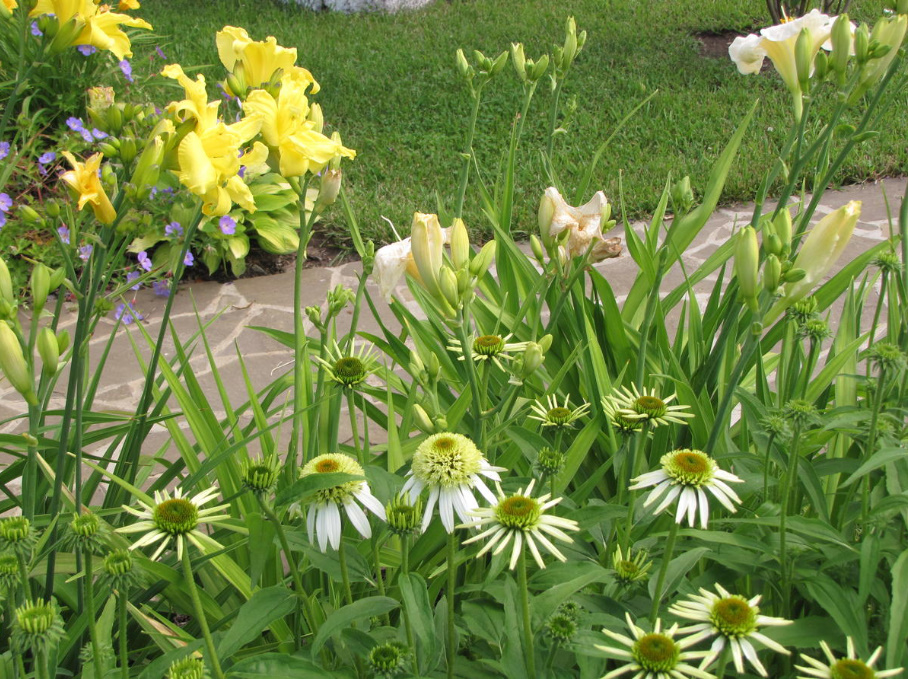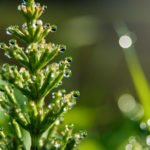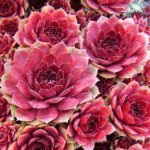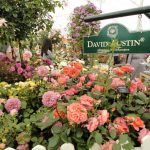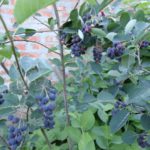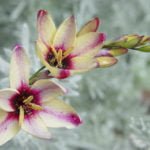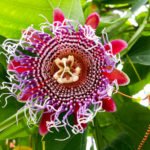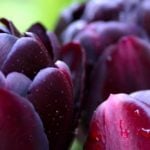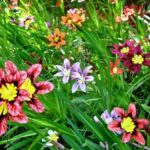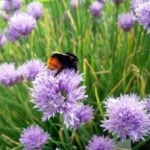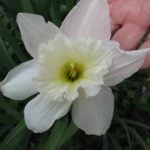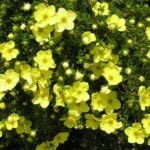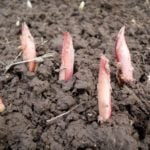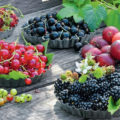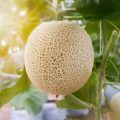Today, echinacea is one of the most popular plants in the flower beds of the new wave. When creating them, designers prioritize the structure and shape of inflorescences, which should be combined with both traditional garden plants and plants of the natural assortment.
The extraordinary shape of the echinacea bush in combination with a large textured chamomile gives its appearance laconism and nobility, not allowing it to get lost in any composition.
What is structurality and how to use it
Echinacea is a structural plant, that is, it does not lose its decorative effect throughout the season. It does not disintegrate, having, like many representatives of the prairies, lignified bases of shoots; it is attractive from the moment the leaves appear and the buds open, then the entire period of prolonged flowering; dry buttons of withered echinacea decorate the winter flower garden.
Despite the expressive inflorescence, echinacea will make a proper impression only when planting an array of at least five specimens. In the famous Piet Oudolf flower beds, the echinacea rivers look amazing.
Which tier to choose
In small flower beds, echinacea can be planted in the background, but its usual place in the flower garden is the middle tier. Being surrounded by neighbors, it forms beautiful pairs (both in shape and color) with many perennials.
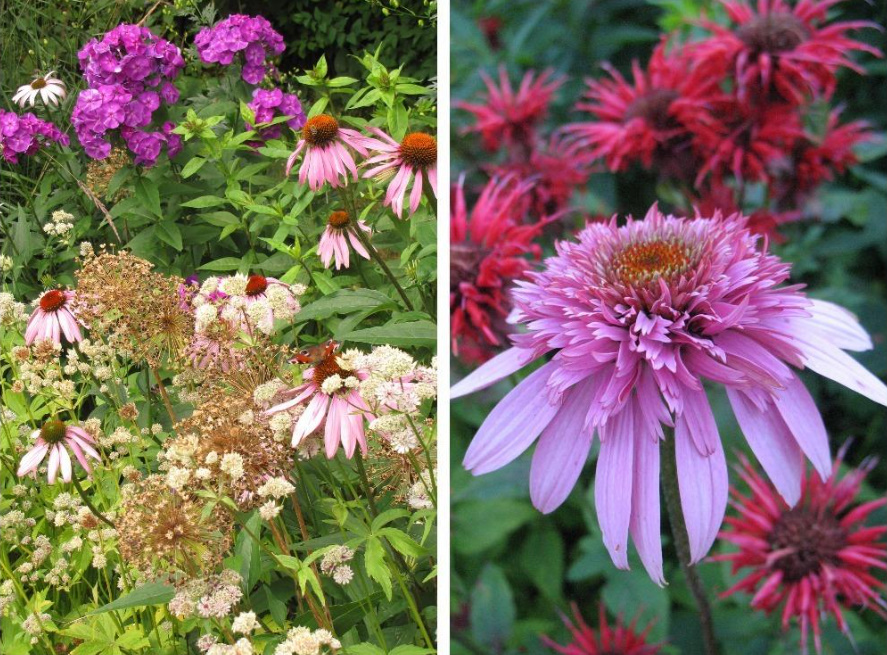
Low varieties can also come to the forefront of the flower garden. But in a composition with large tall perennials: Persicaria polymorpha, Eupatorium, Foeniculum, Filipendula rosea, — echinacea, while having its own party, will adequately frame them in the foreground.
The extraordinary nature of echinacea allows it to adequately withstand the neighborhood even with shrubs. Its pink inflorescences, for example, will perfectly shade the red-leaved forms of barberries and Physocarpus.
How to use the form
The inflorescences of echinacea with a convex middle look very sculptural, surrounded by an openwork scattering of Astrantia, Sanguisorba, Geranium, cereals — for example, Echinacea purpúrea, surrounded by clouds of Sanguisorba officinalis, translucent inflorescences of Molinia arundinacea ‘Transparent’ and small inflorescences of Symphyotrichum novae-angliae ‘Violetta’.
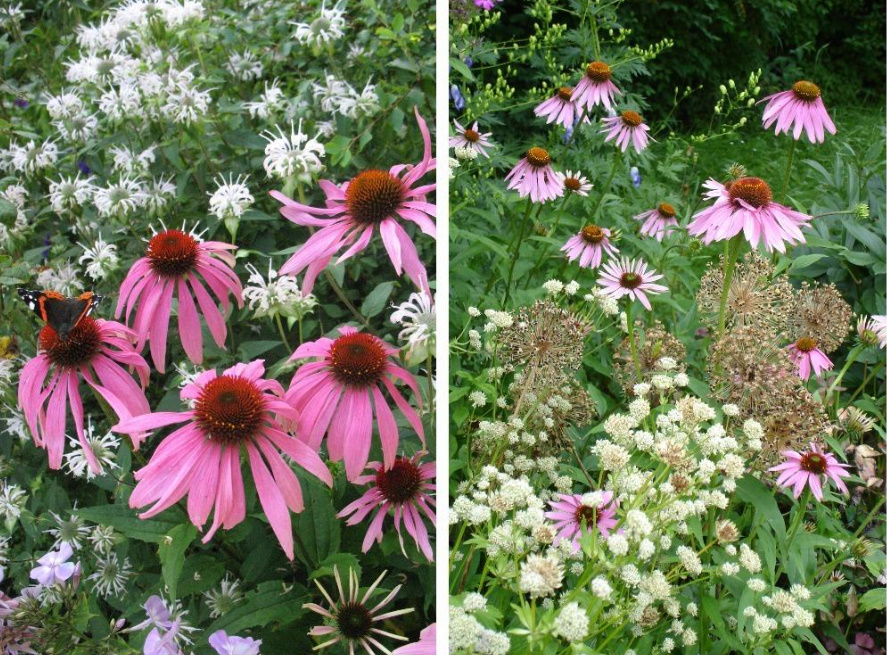
A win—win combination on the contrast of forms with any vertical inflorescences of different colors and sizes, primarily with cereals – for example, the echinacea river among the purple verticals of Astilbe chinensis ‘Purpurlanc’, Cimicifuga and straw clouds of cereals against the background of Eutrochium purpureum in Piet Oudolf compositions.
Successful combinations of echinacea with flat, umbellate inflorescences Sedum, Eupatorium, Angelica gigas, with spherical — bows and Echinops, and the composition “chamomile with chamomile” can be combined with echinacea with aster, helenium and rudbeckia.
How to use Echinacea colors
Pink varieties of echinacea are always organic with pink, purple and blue-blue tones of perennials. A wonderful nuance in color on the contrast of forms can be obtained with pink verticals of inflorescences Lythrum, Veronicastrum, Persicaria amplexicaulis, Astilbe chinensis, Stachys ‘Hammelo’; with purple — Liatris and Lobelia gerardii; with blue-blue candles Agastache, Aconitum, Perovskia.
Echinacea perfectly shade Potentilla argentea and Eryngium. Other variants are pink echinacea with purple foliage Sedum ‘Matrona’, c Cimicifuga ‘Brunet’, with Aster lateriflorus. Both rich and pastel tones of Echinacea purpúrea are good paired with Monarda and Phlox paniculata varieties.
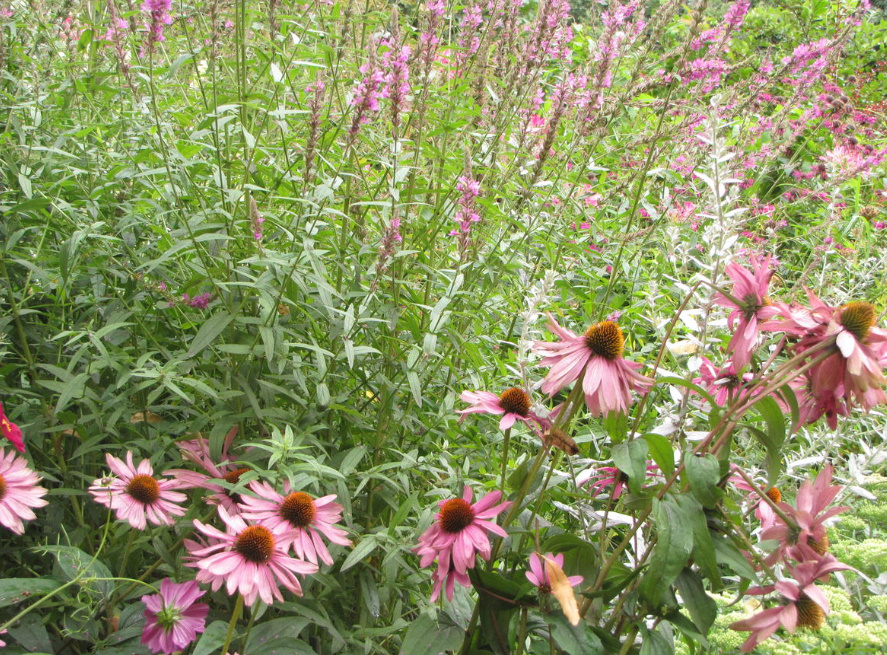
White varieties of echinacea with both simple and double inflorescences are amazing, especially valuable for their green-white shade, most pronounced during the dissolution period. This feature will emphasize the neighborhood with cold purple or blue-blue tones.
With the introduction of warm yellow-orange varieties into the culture, the possibility of using echinacea has significantly expanded. These varieties are indispensable in “warm” autumn flower beds with Helenium, Rudbeckia, Solidago, Hylotelephium spectabile, sandy tones of cereals shaded by the “cold” of lilac-blue autumn asters.
While still quite rare orange varieties will be exquisite with lilac-lilac monards and phlox, complemented by salmon daylilies and Deschampsia cespitosa clouds.
